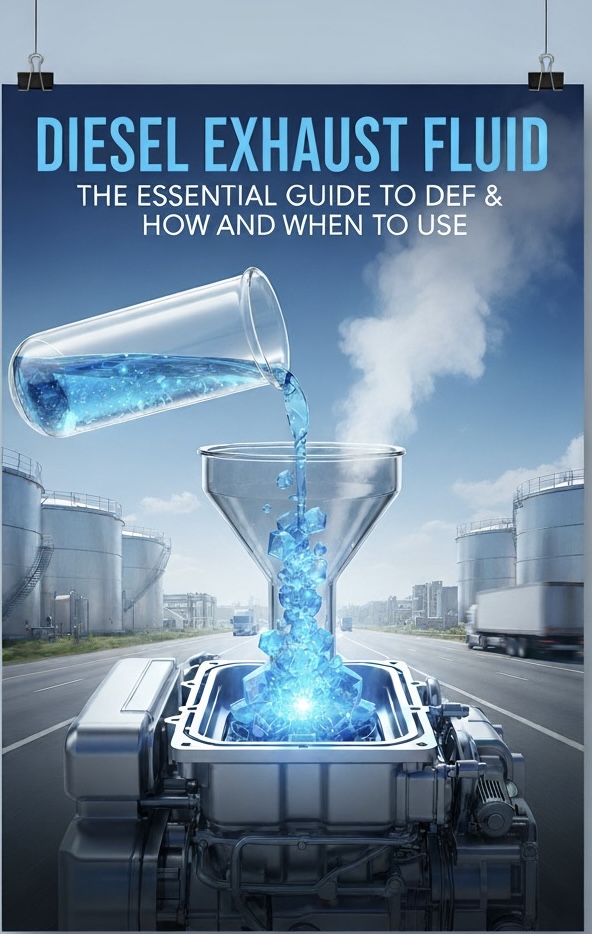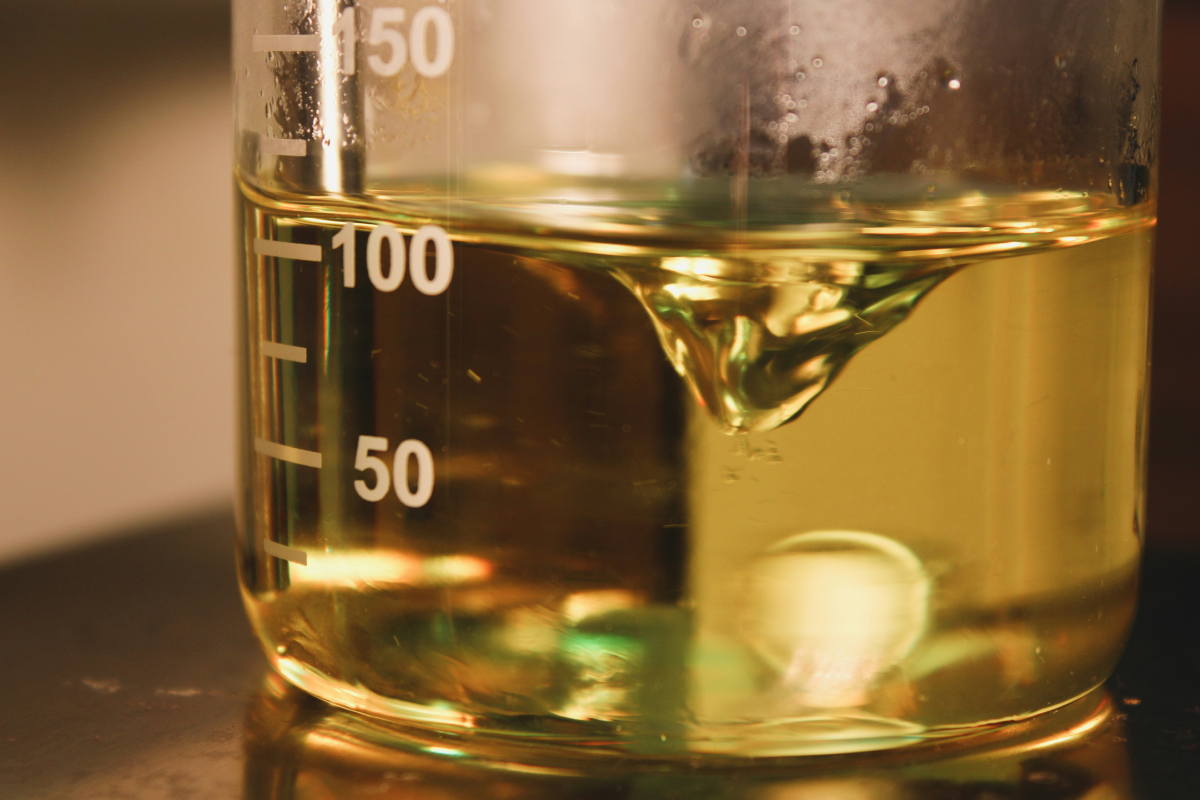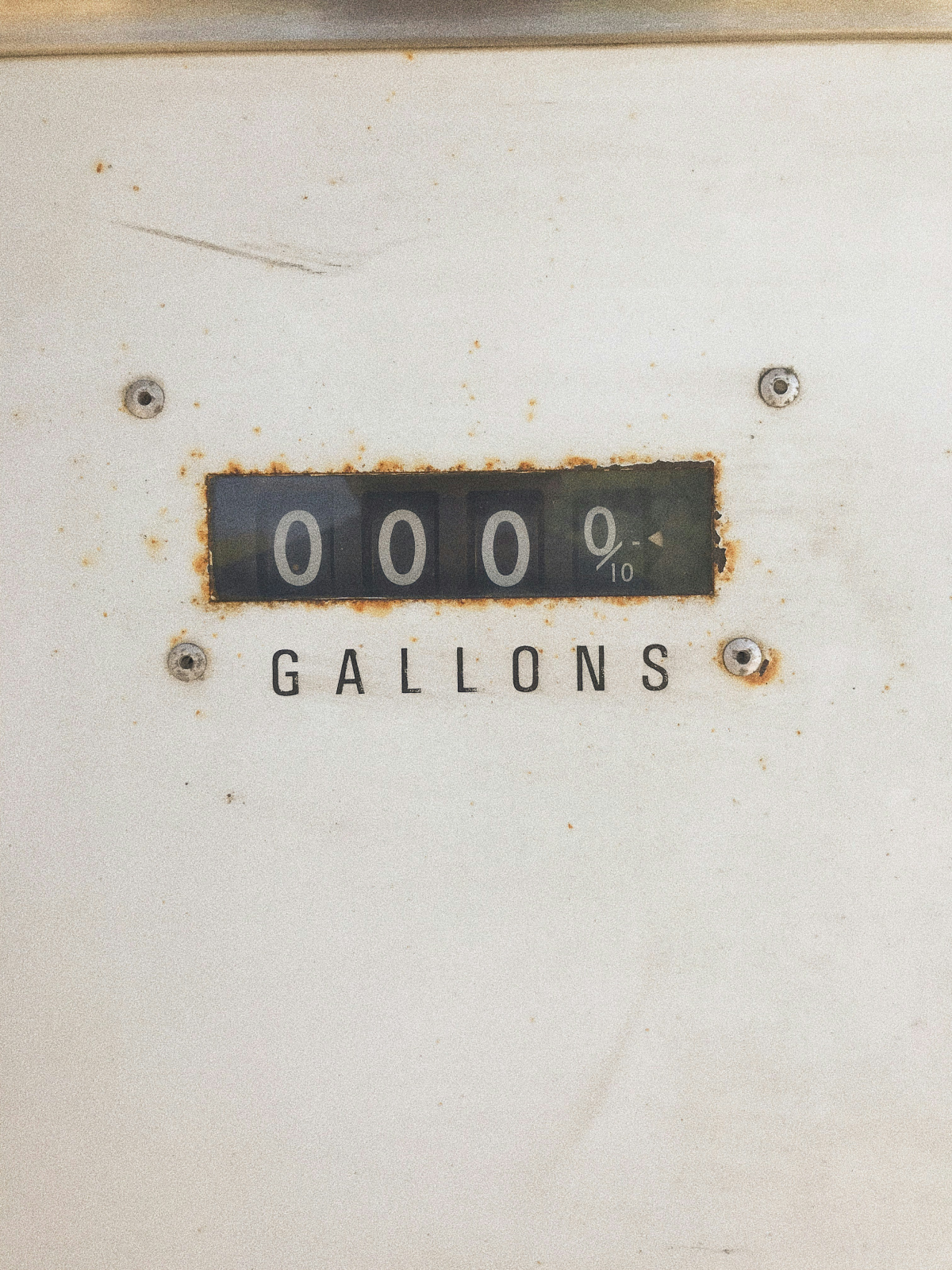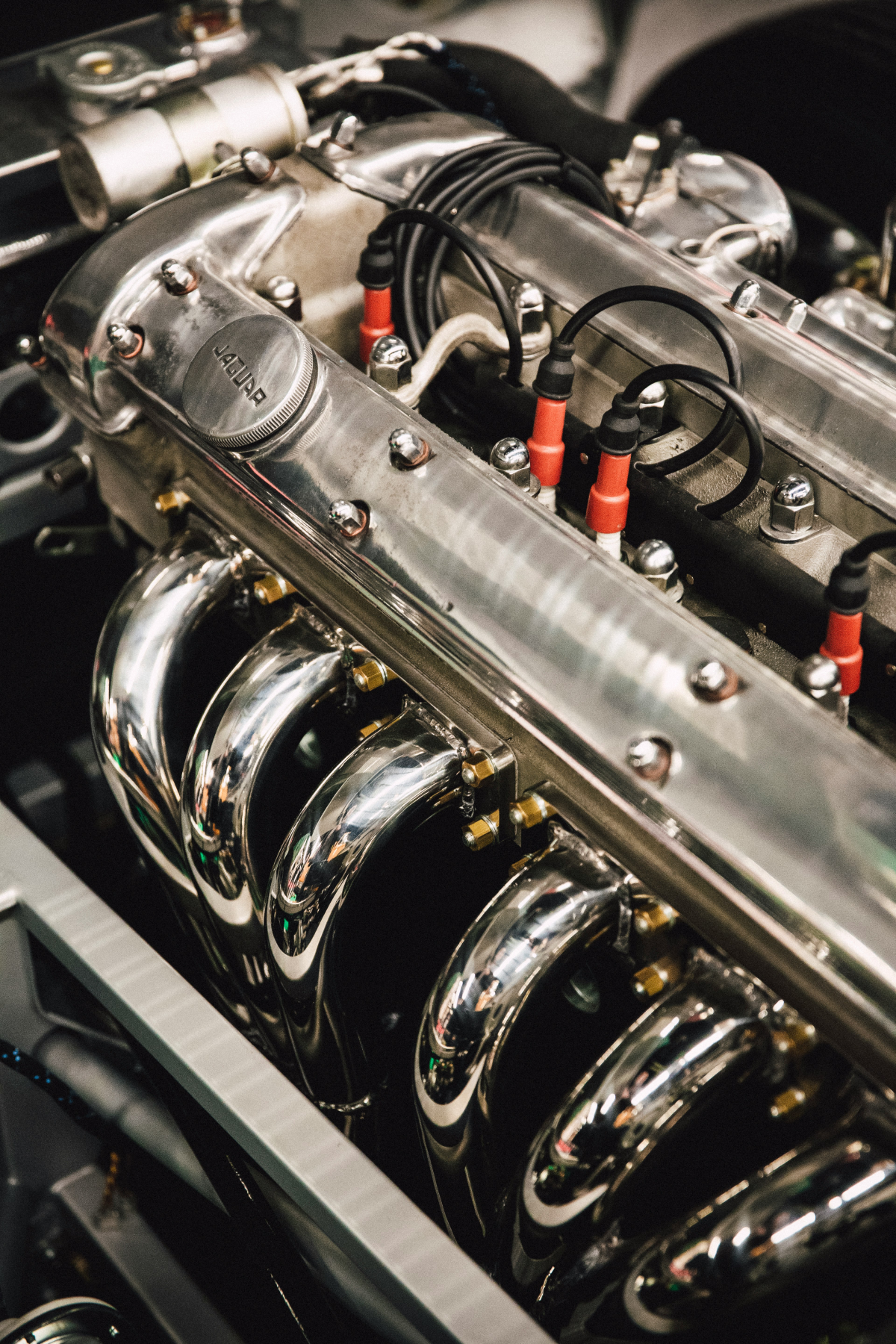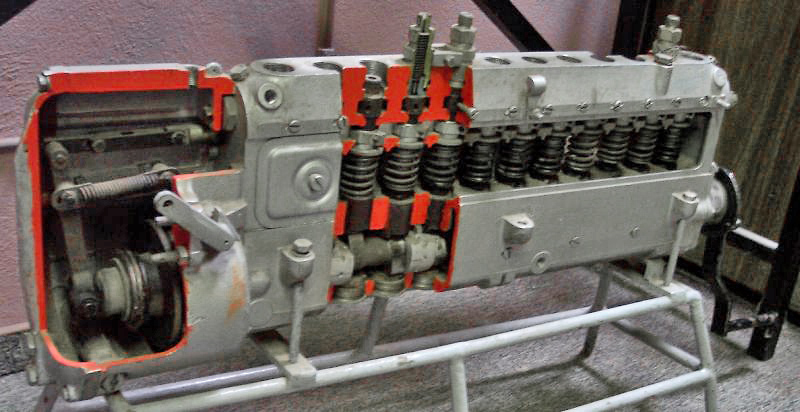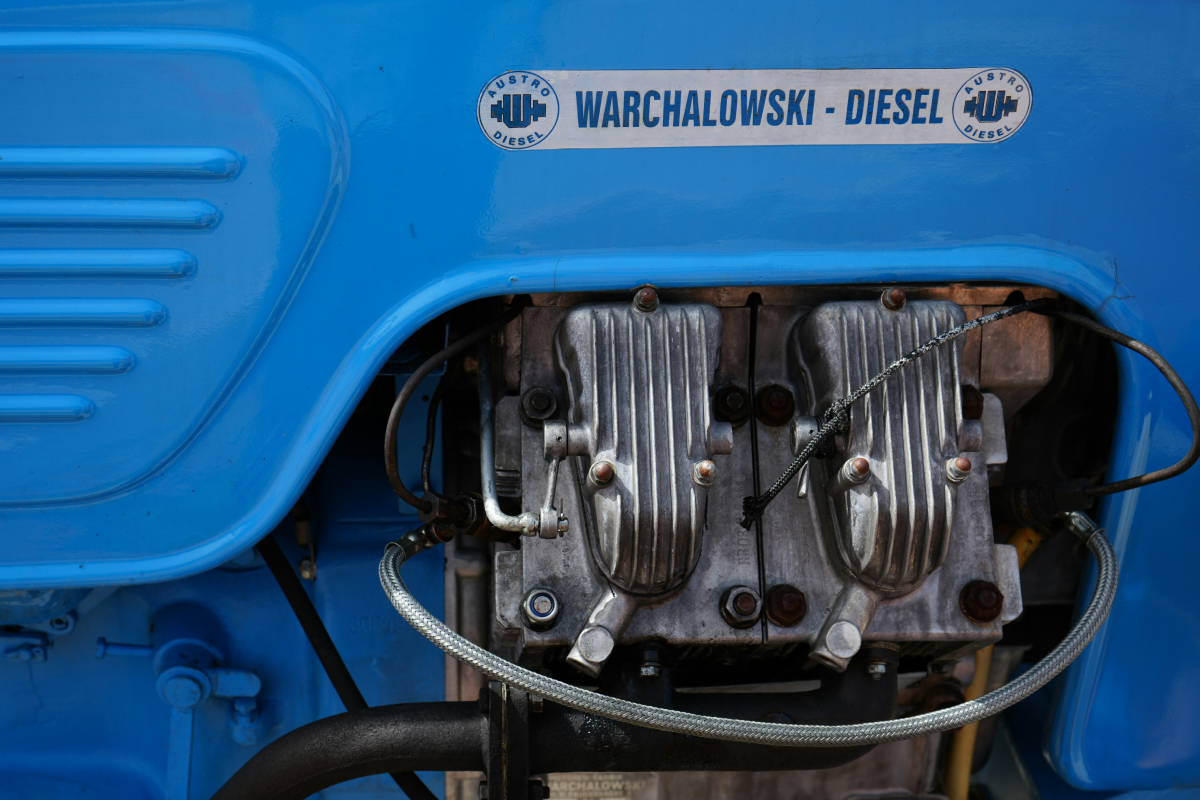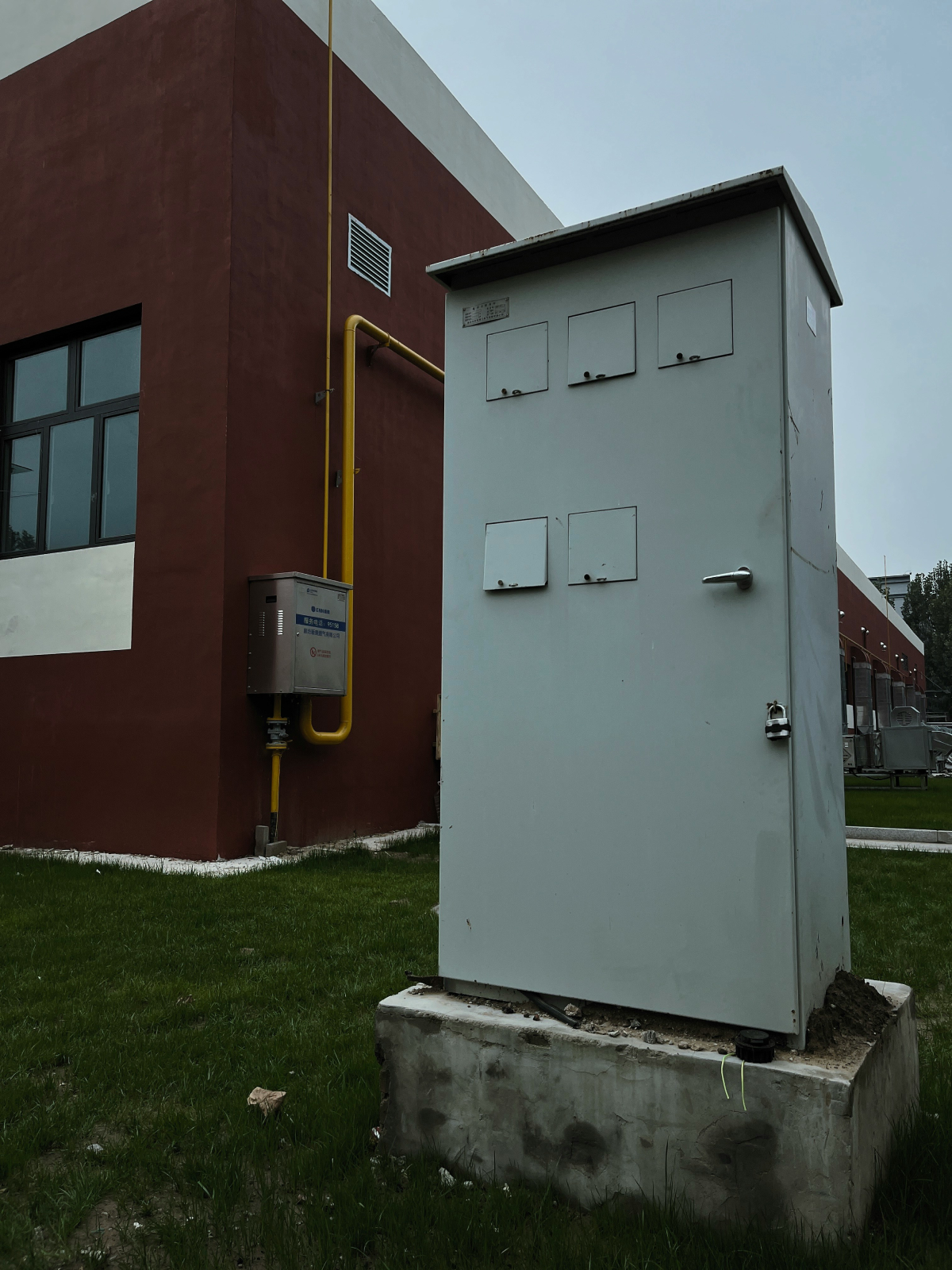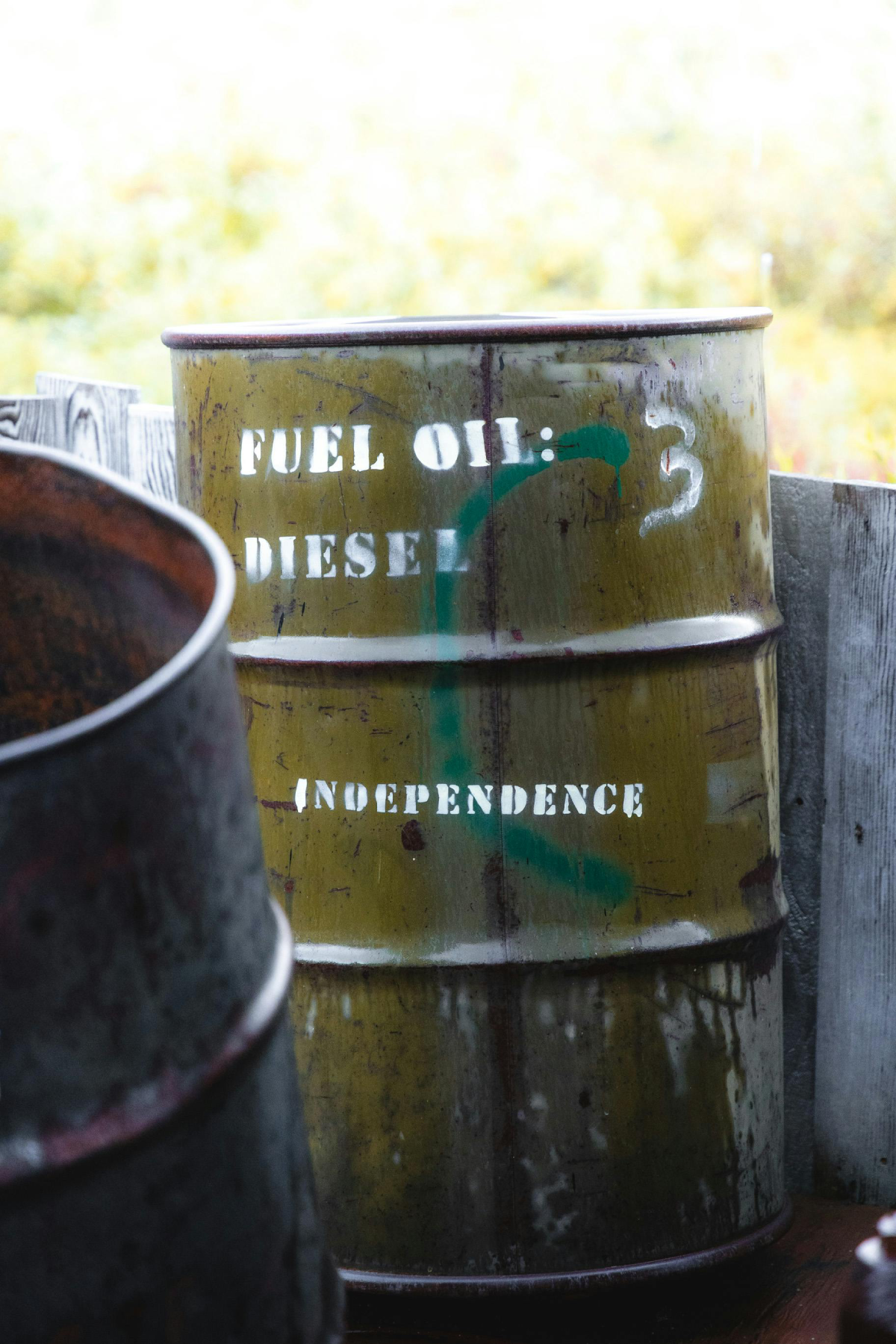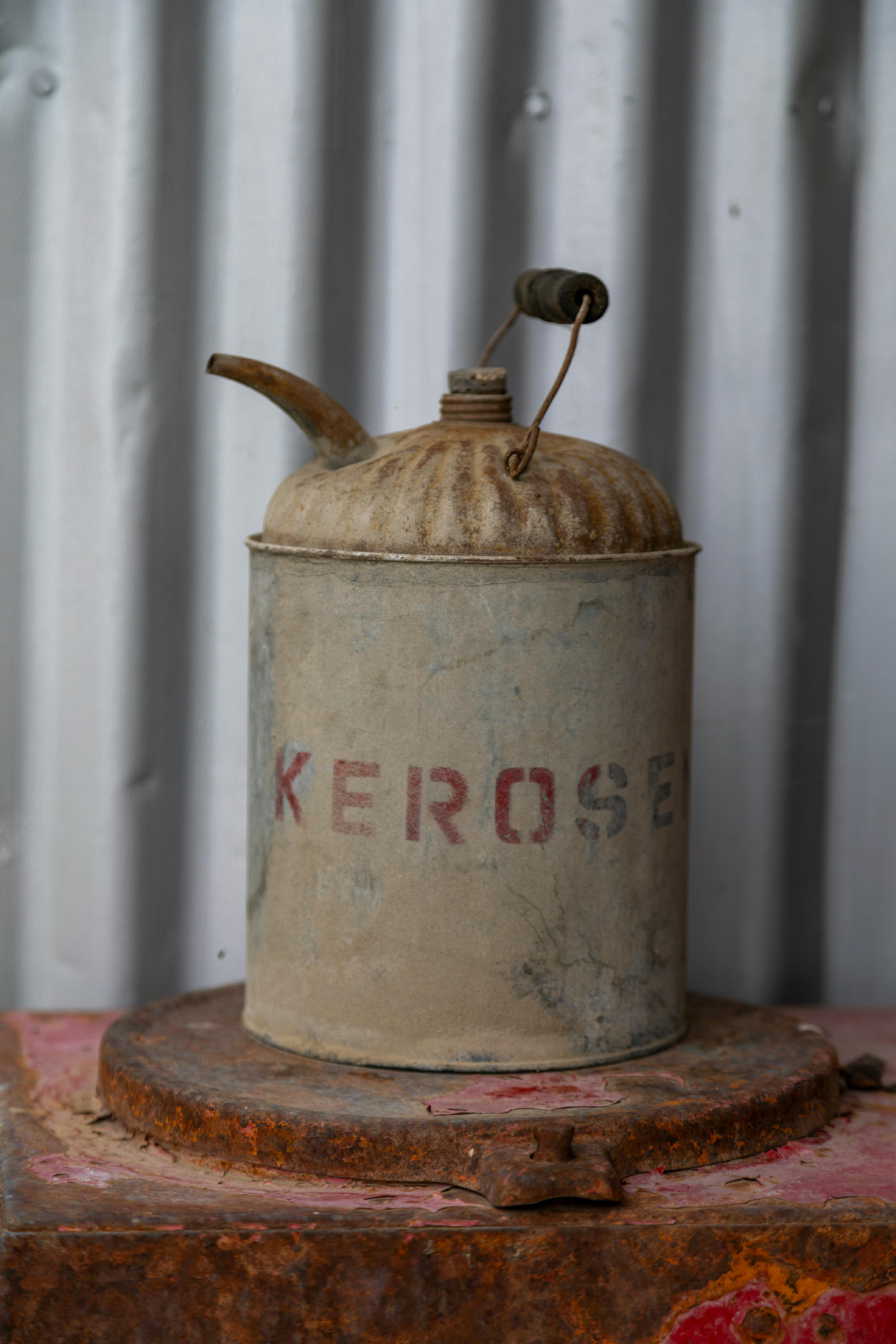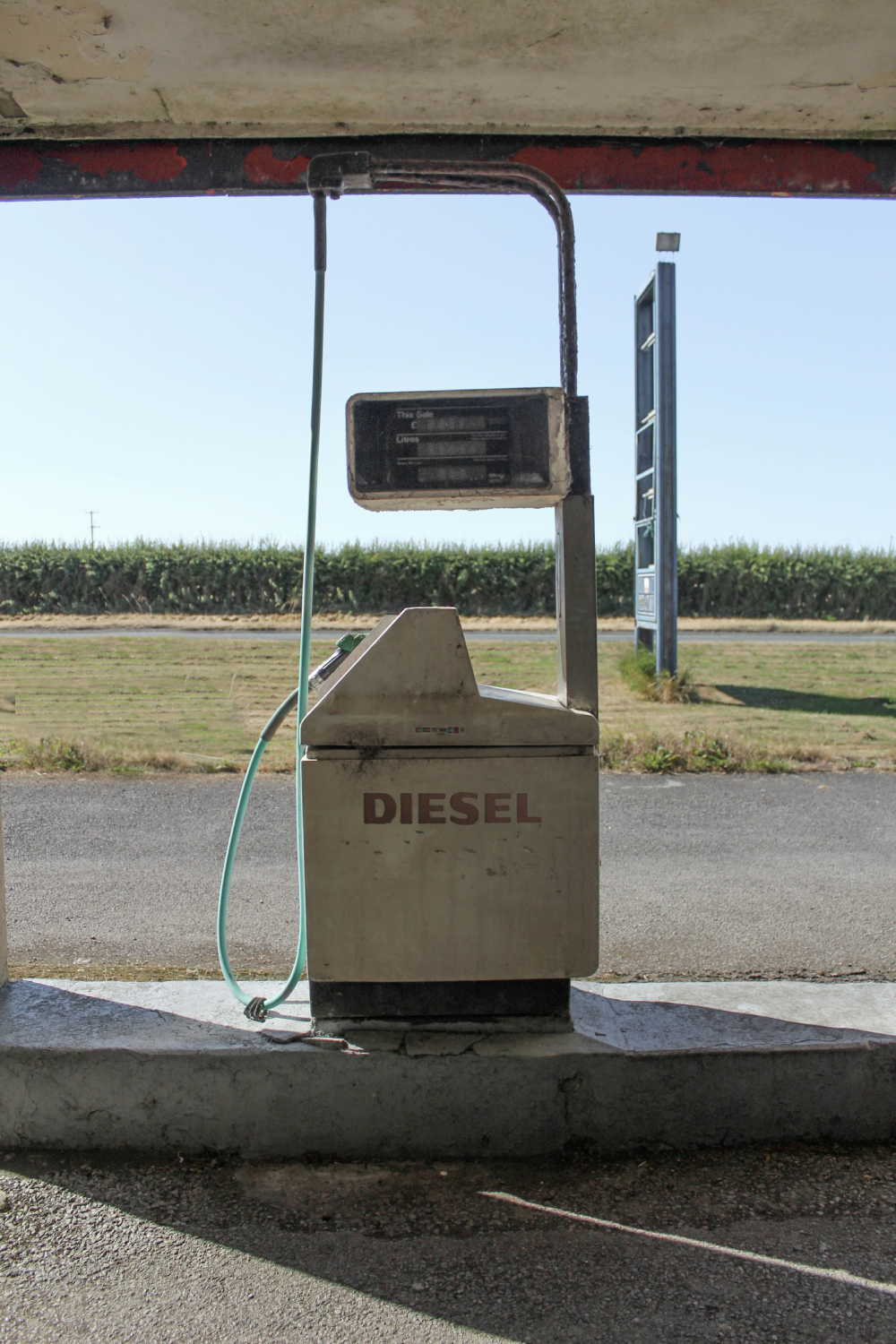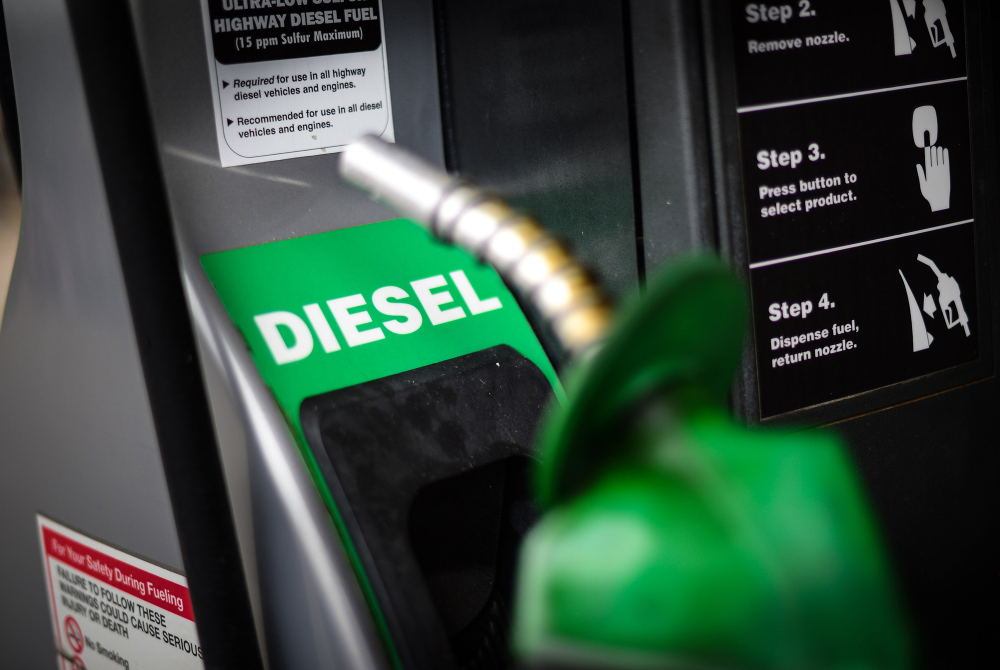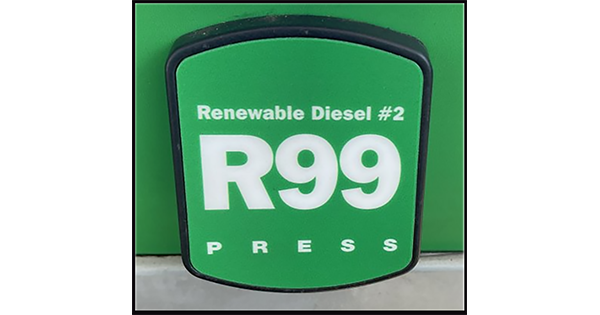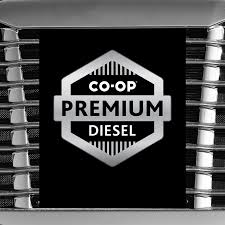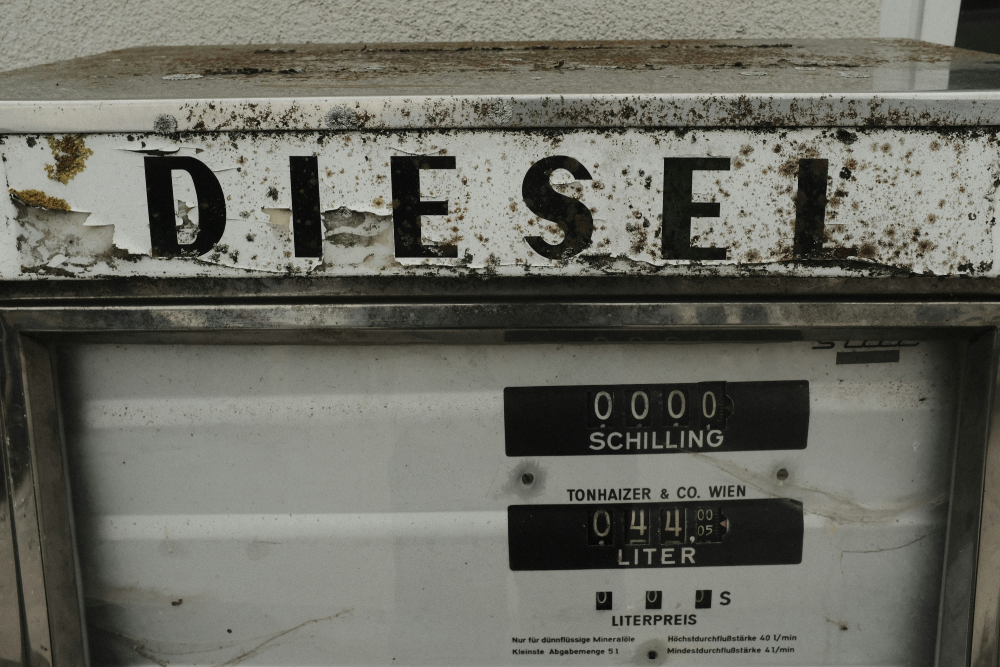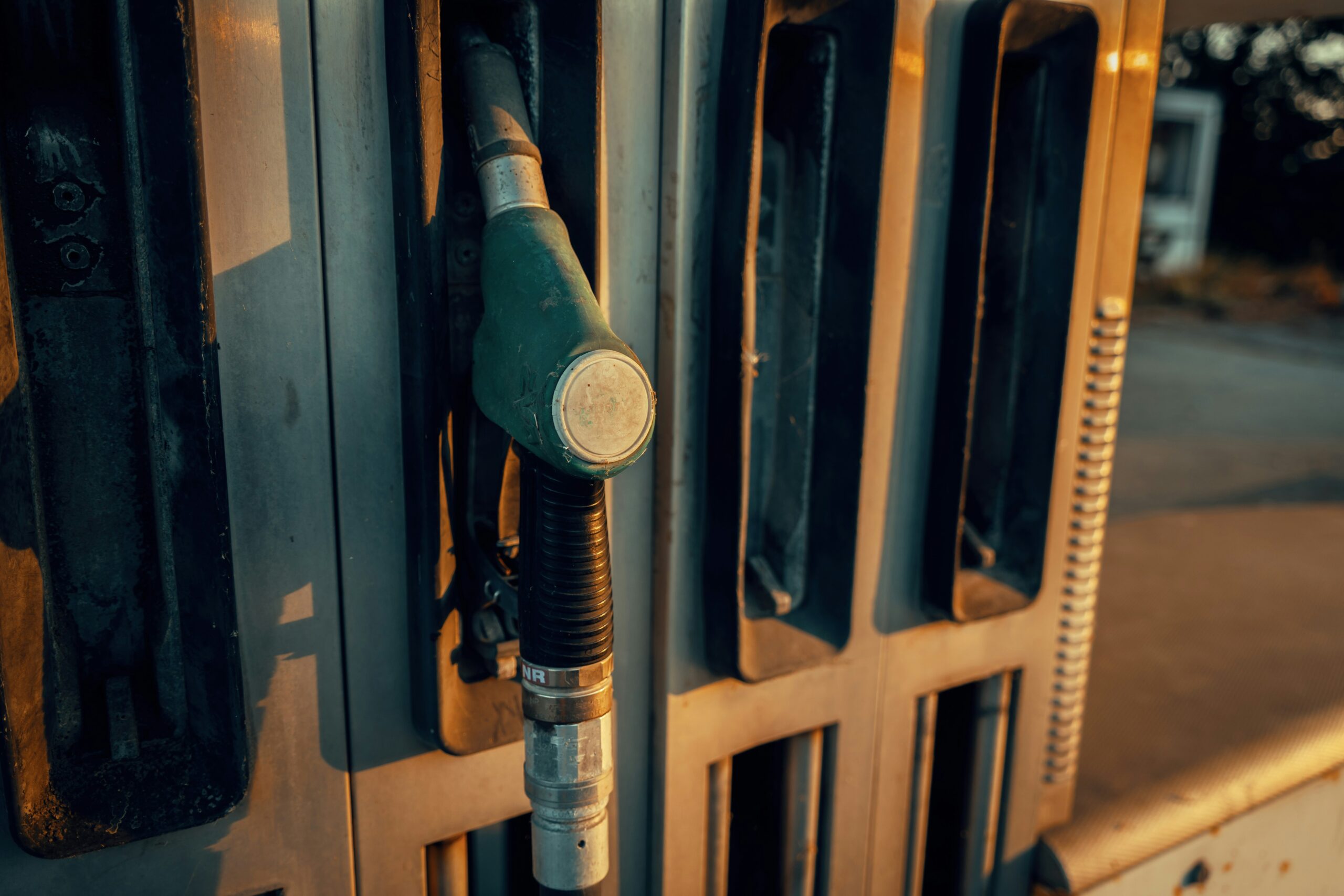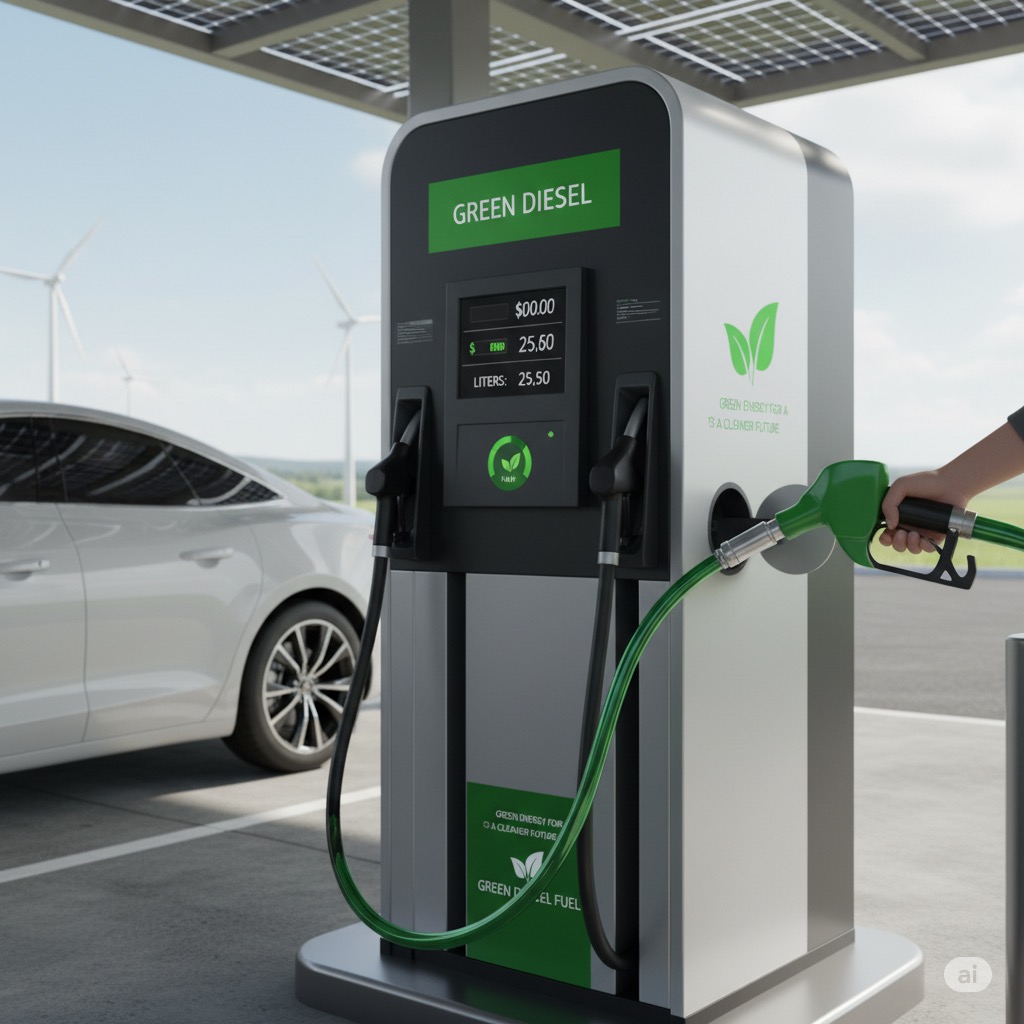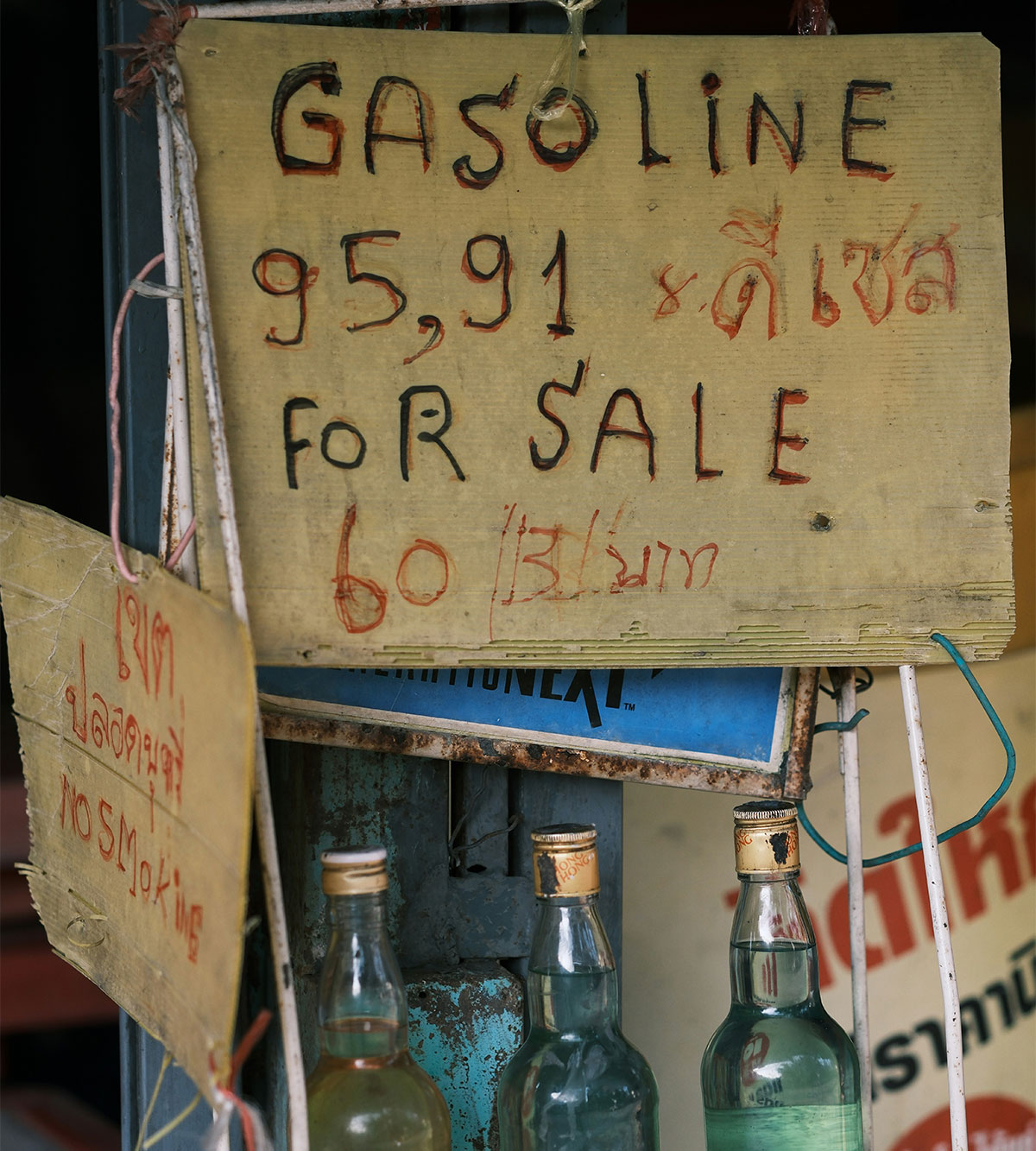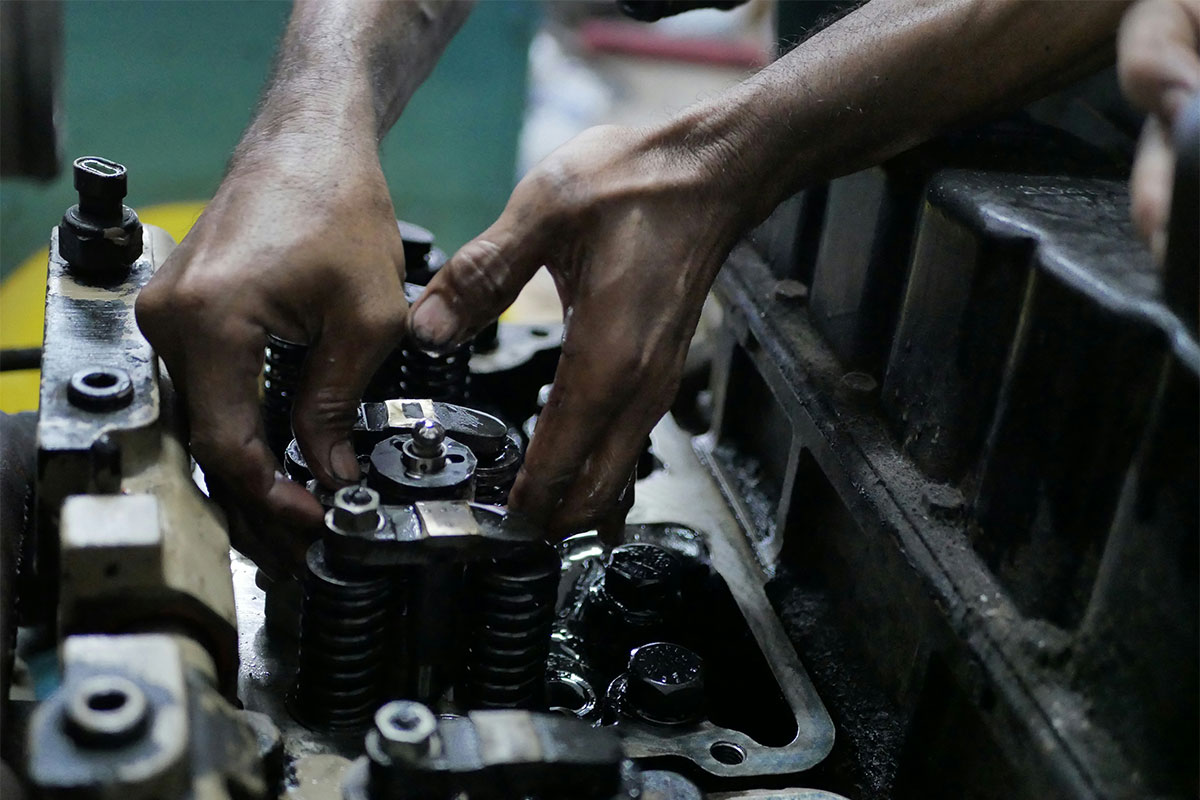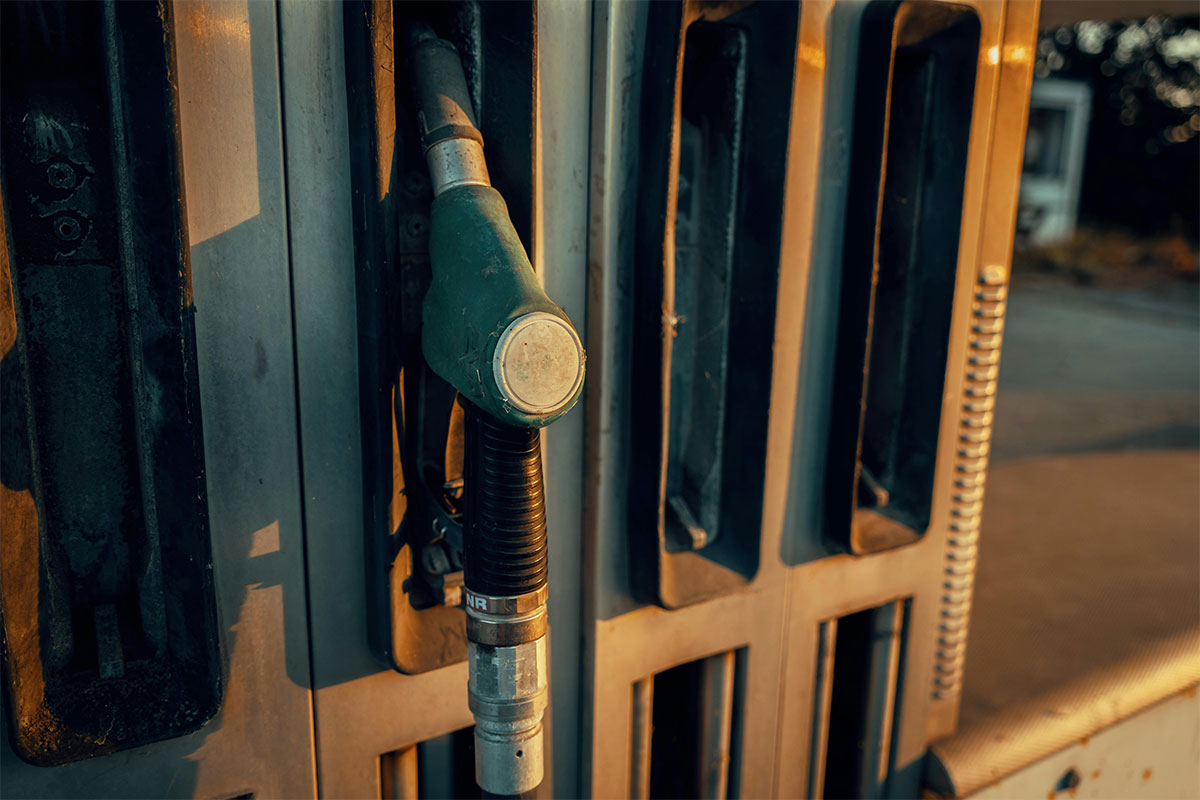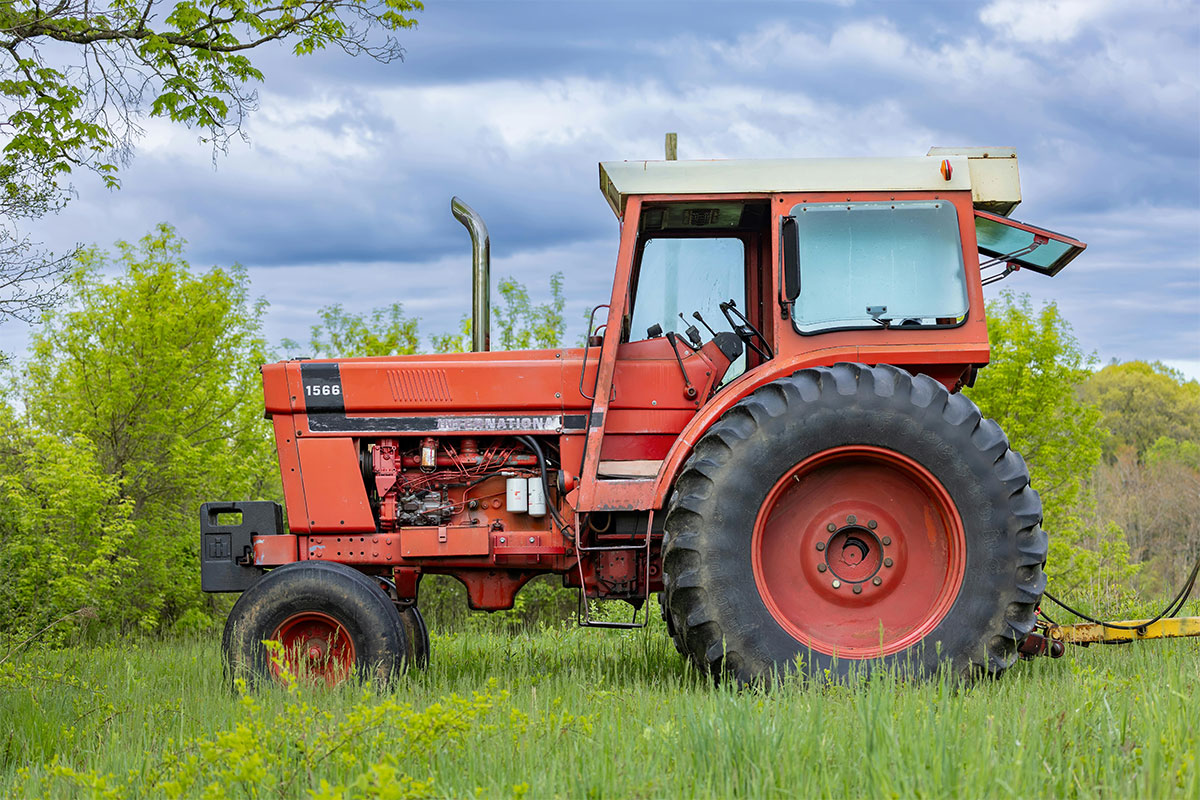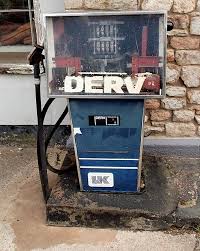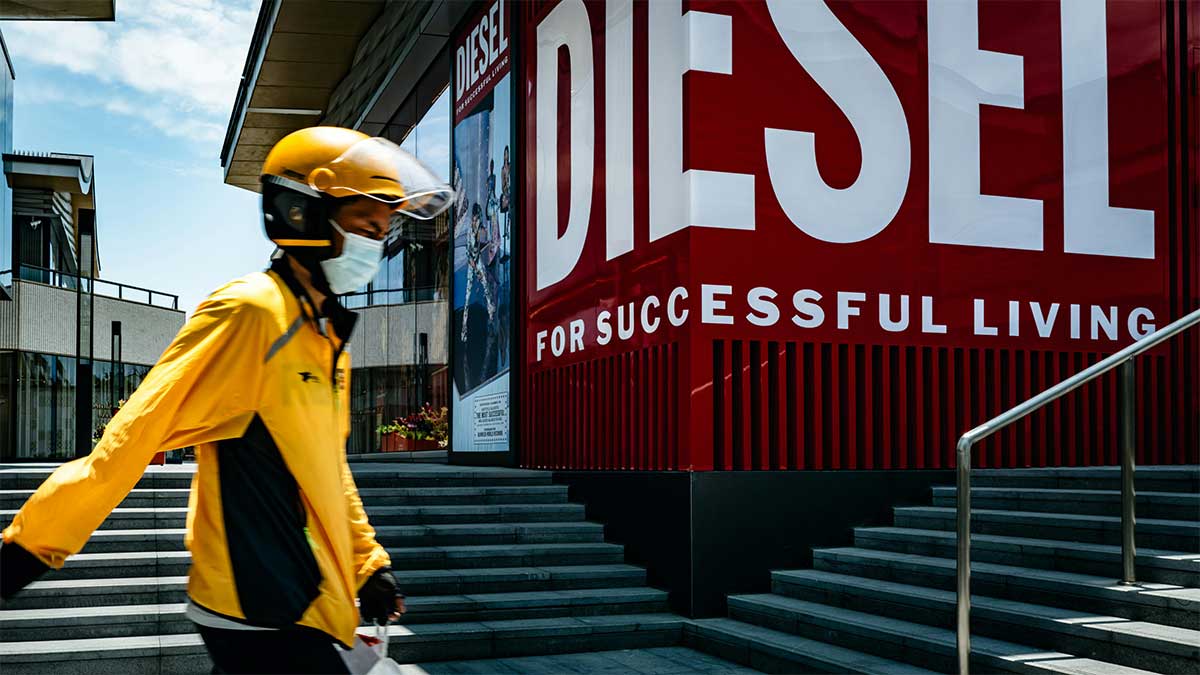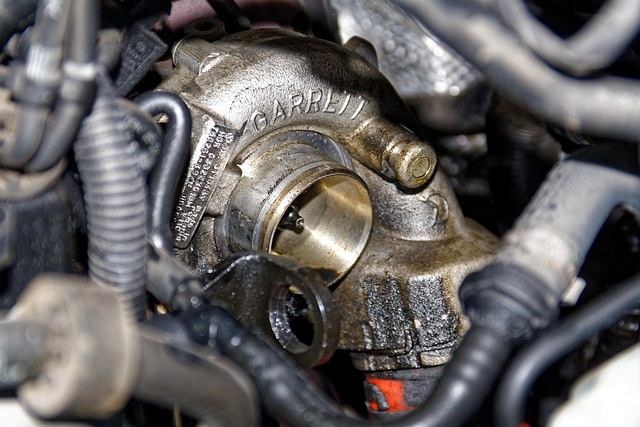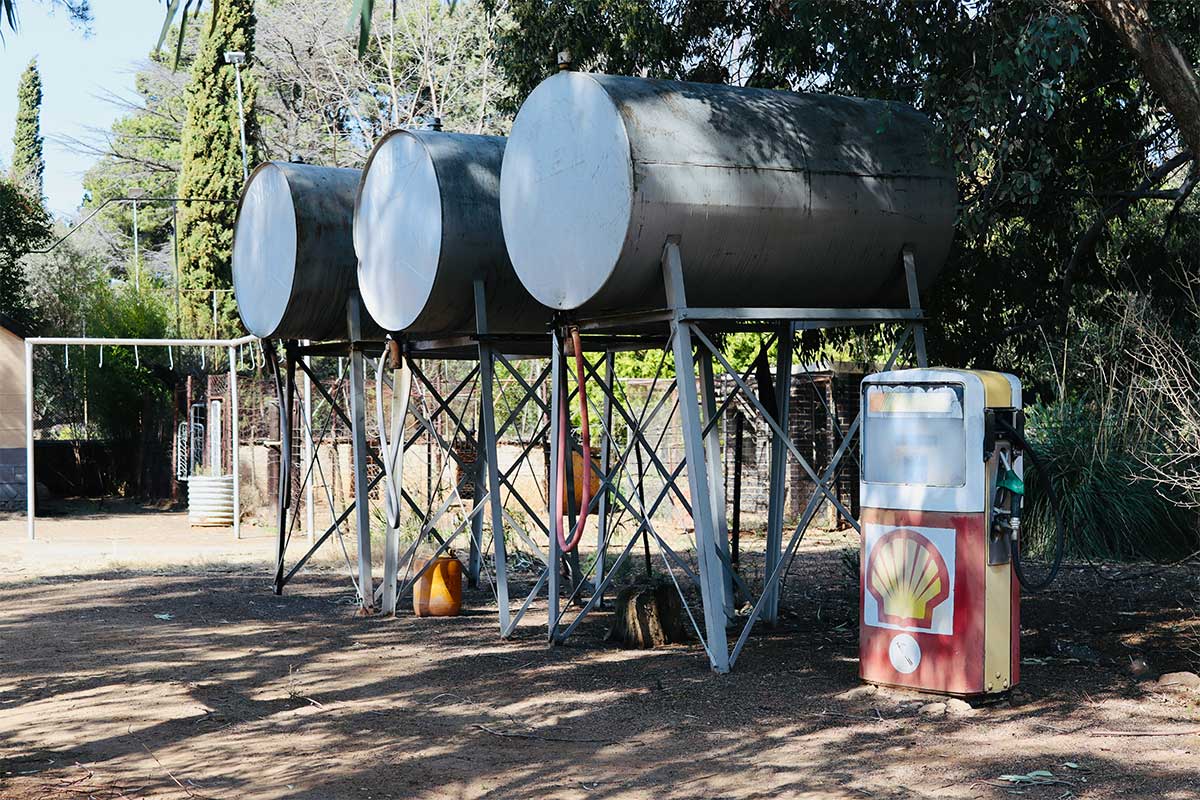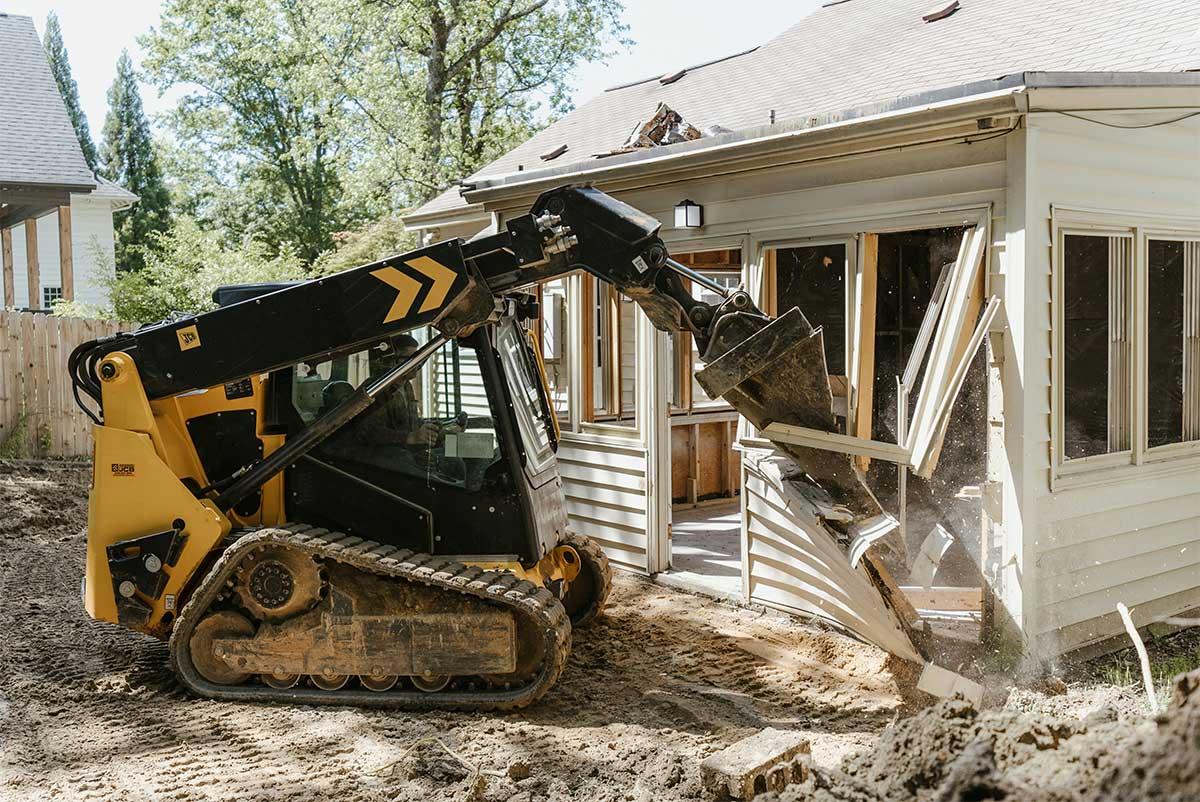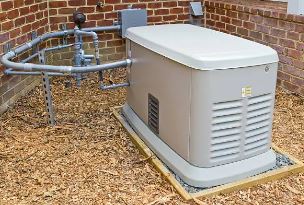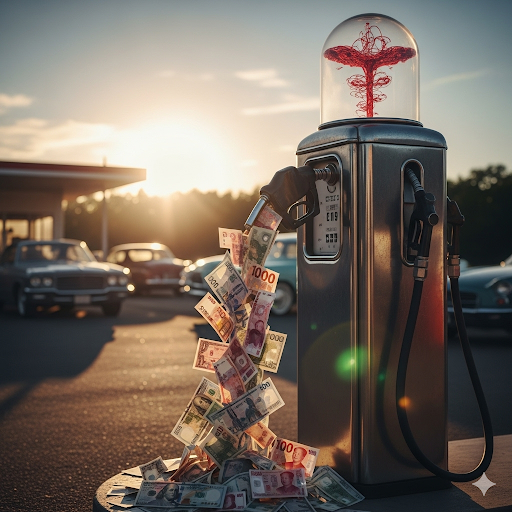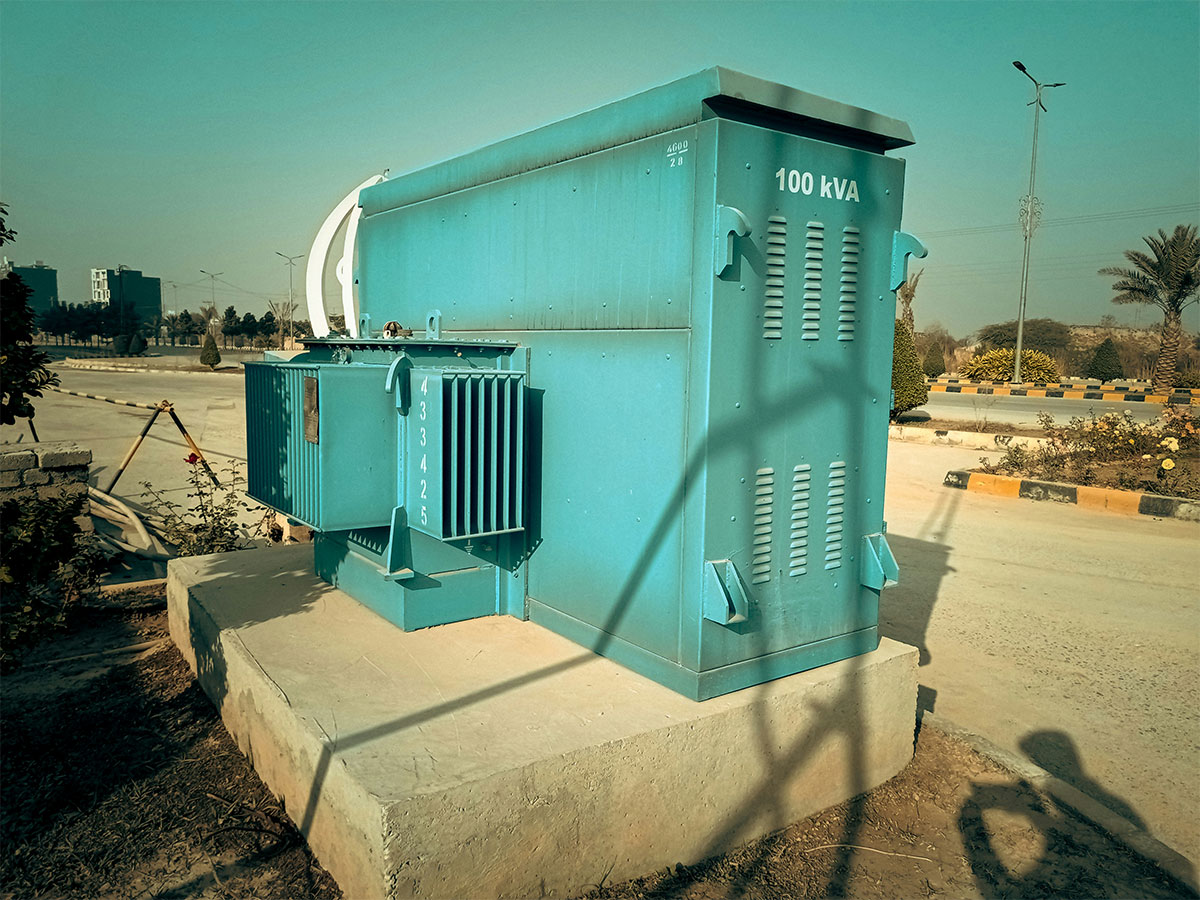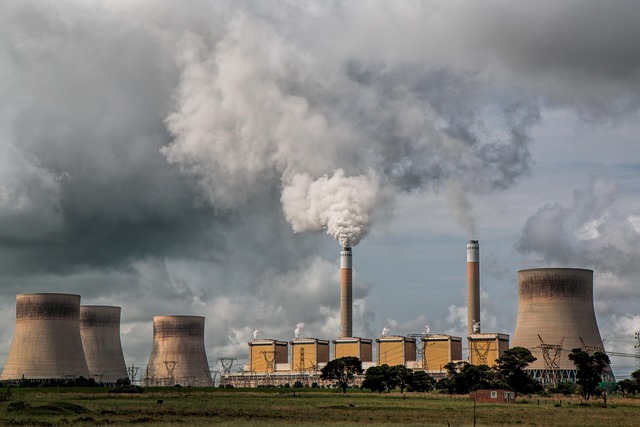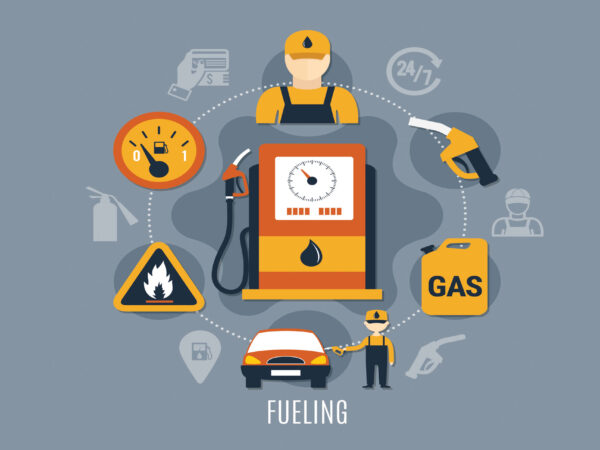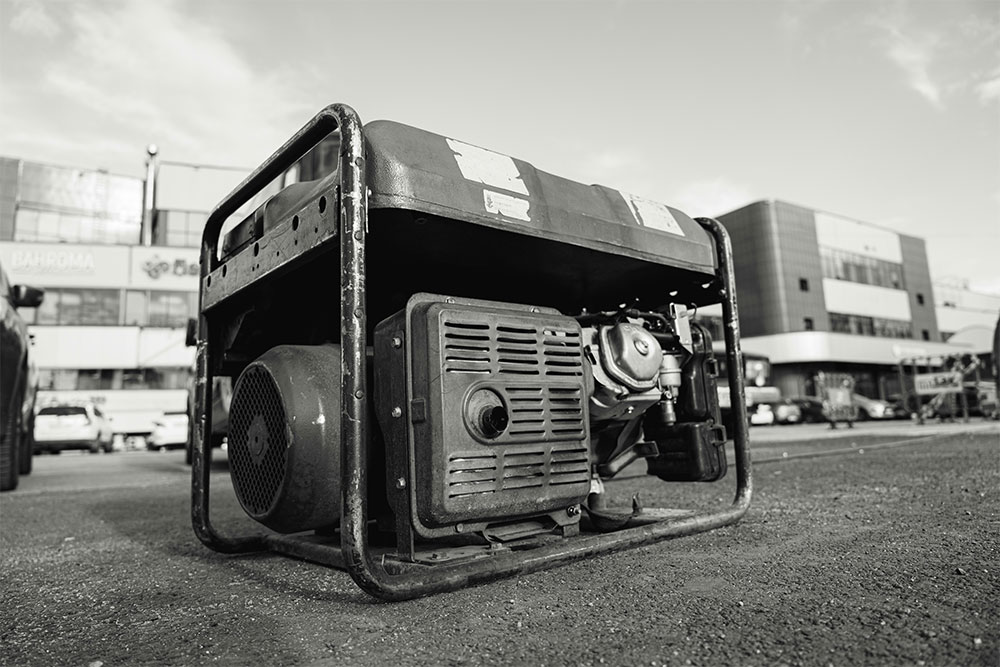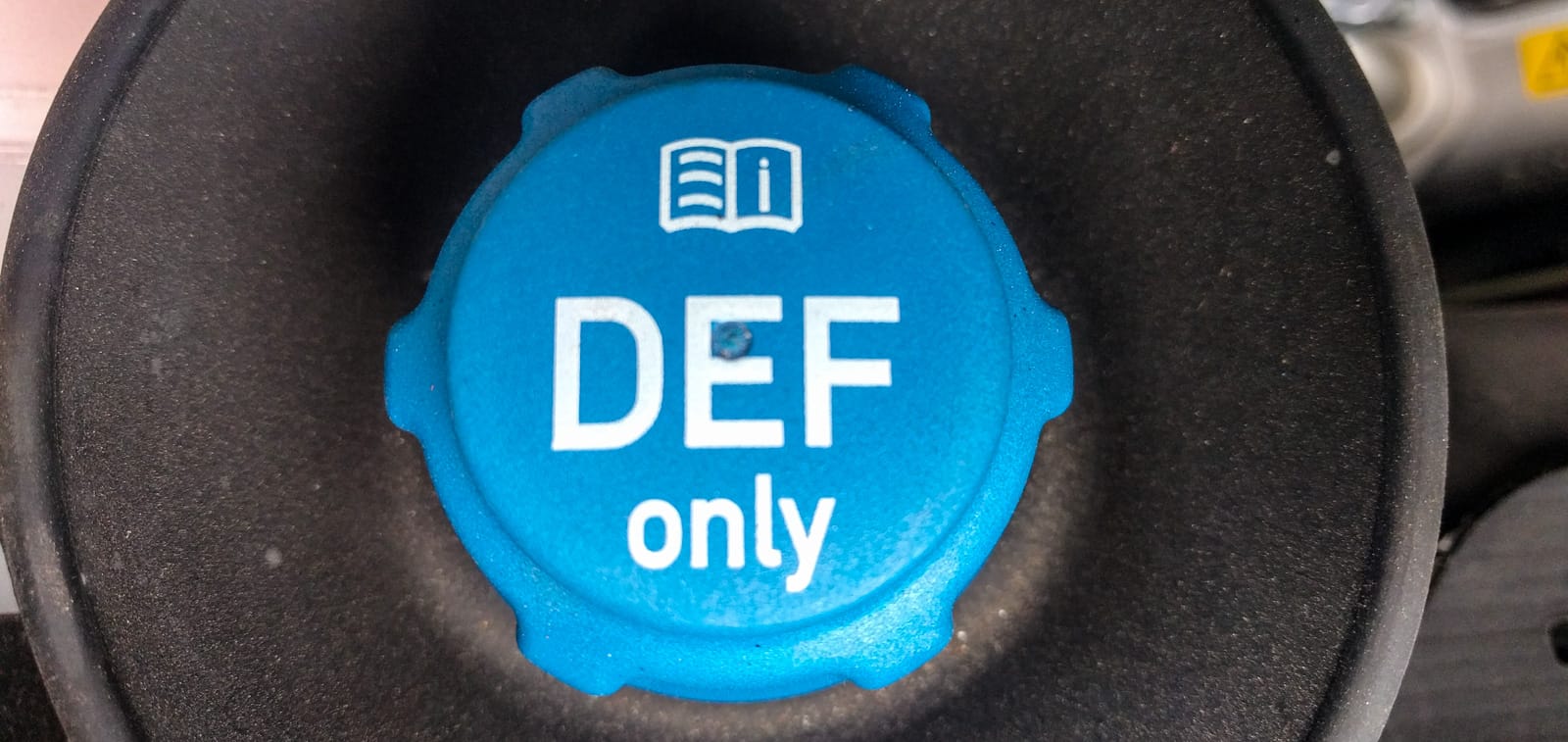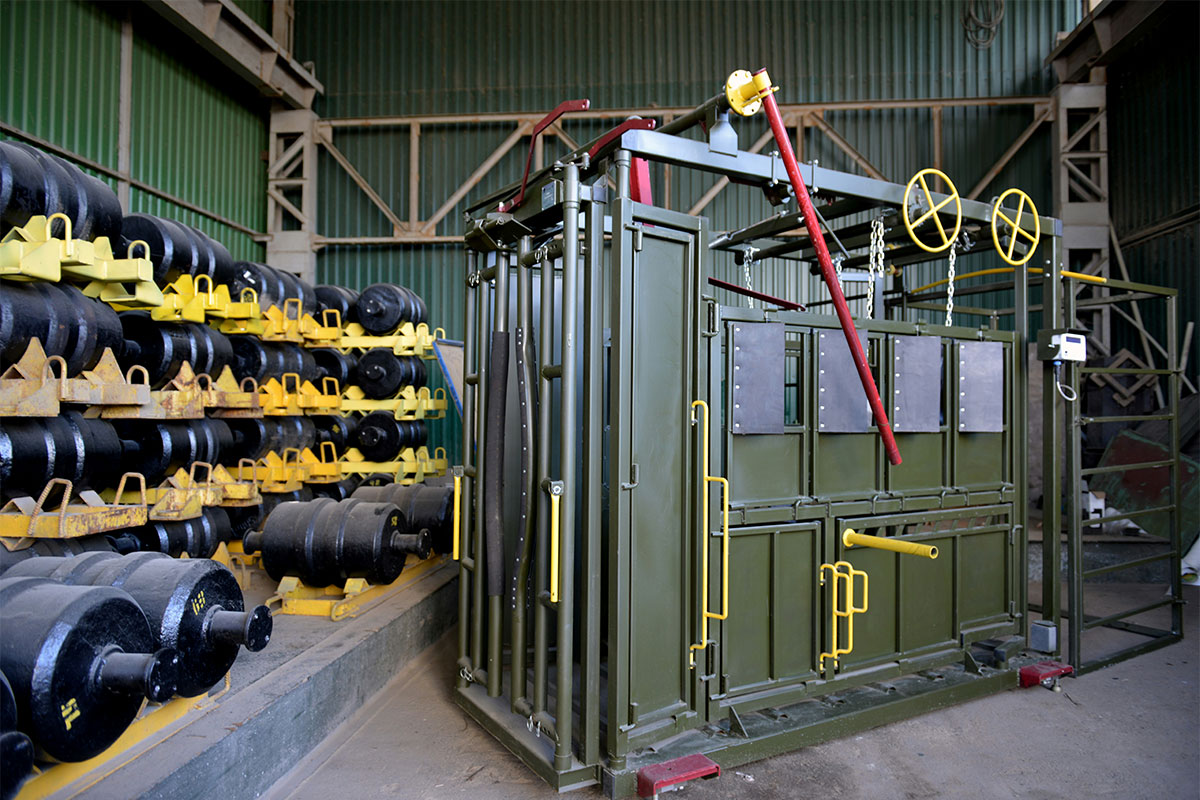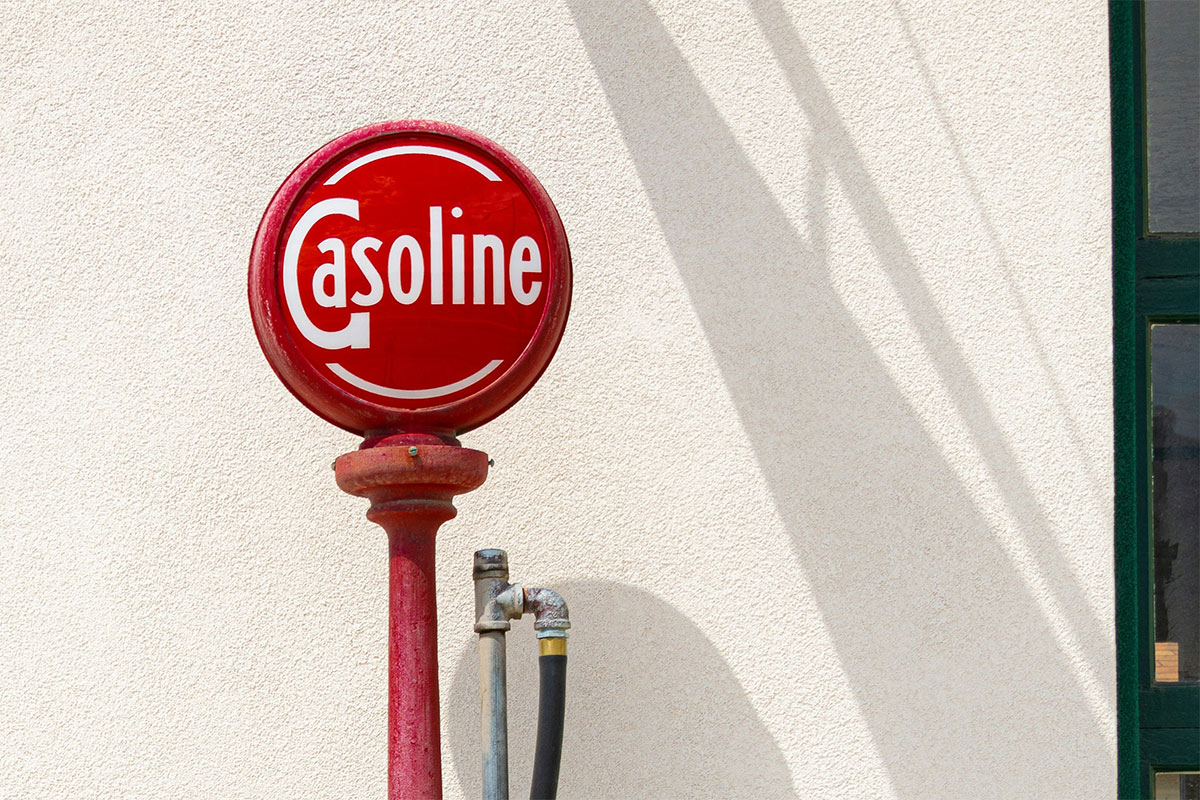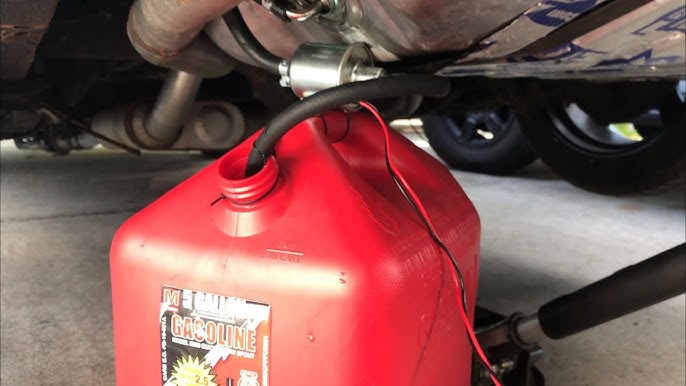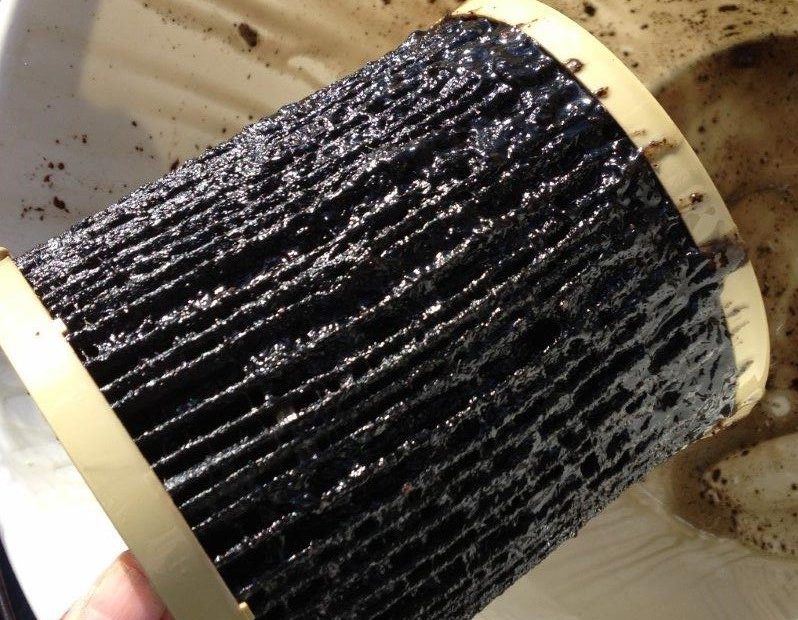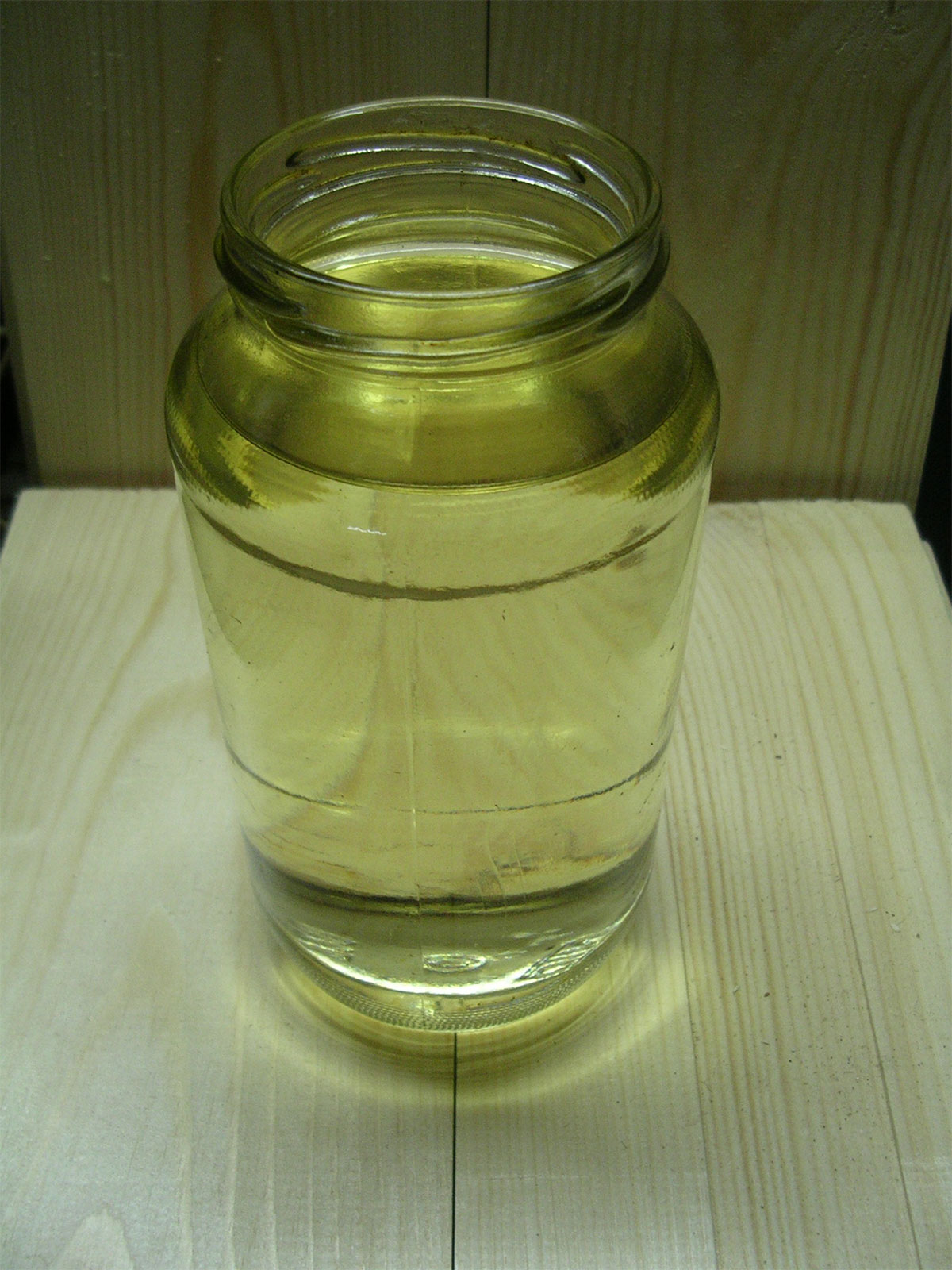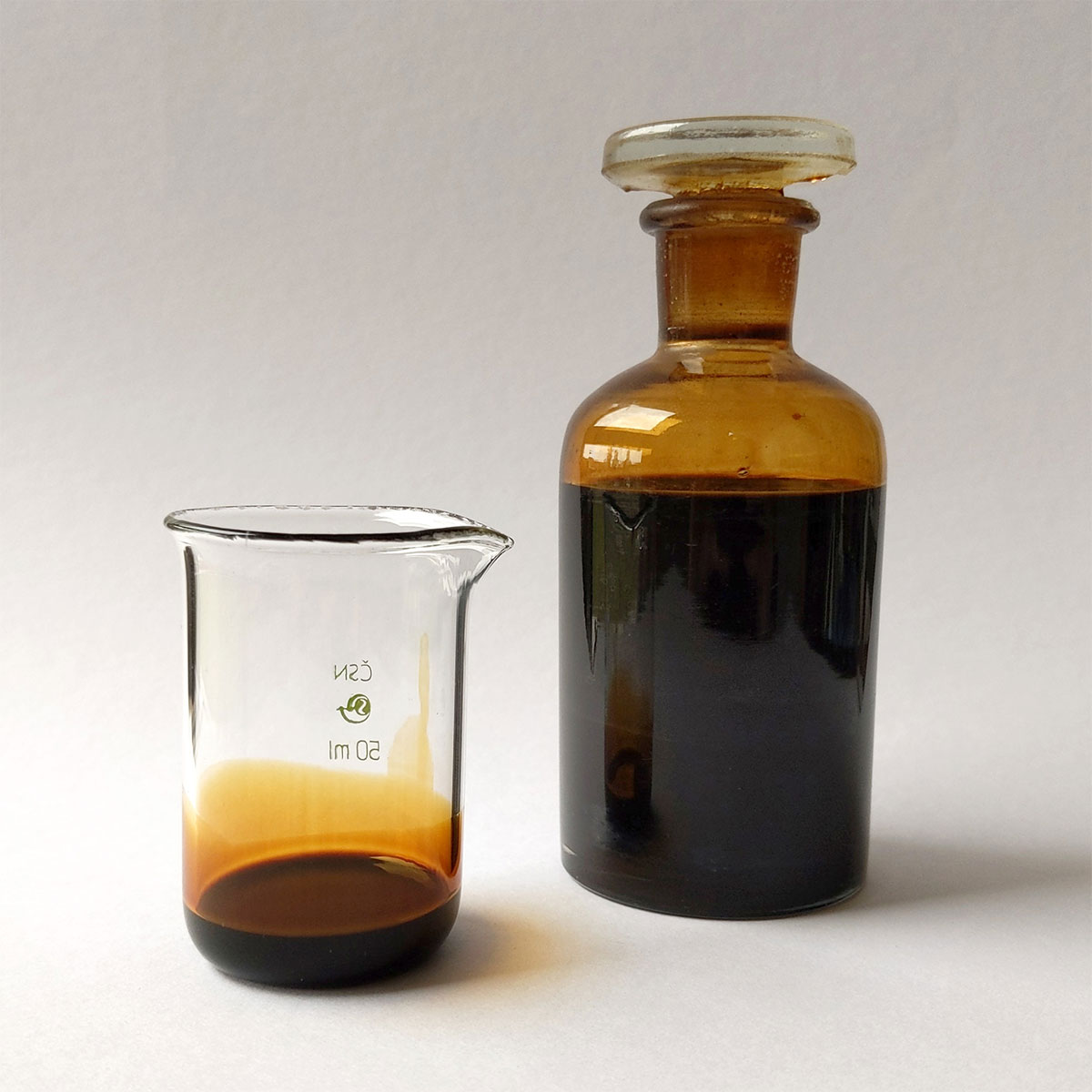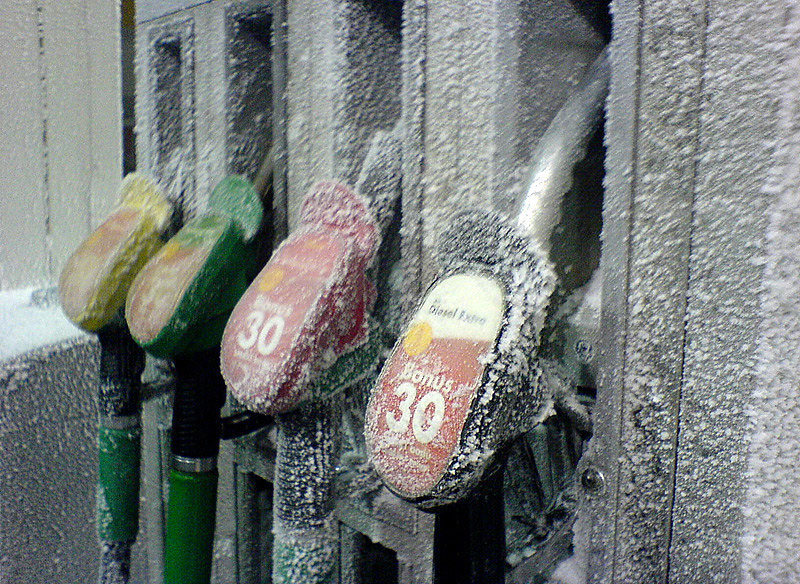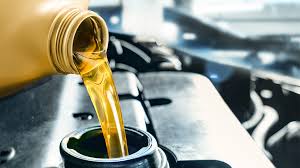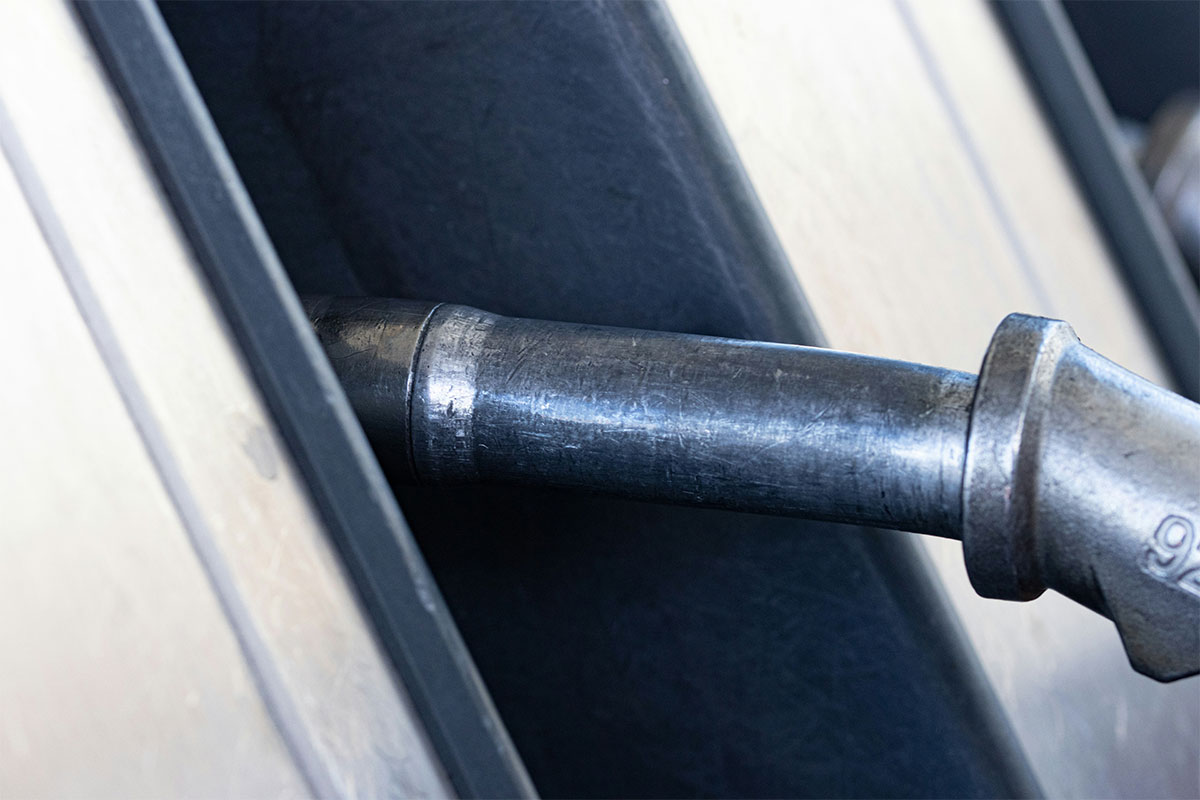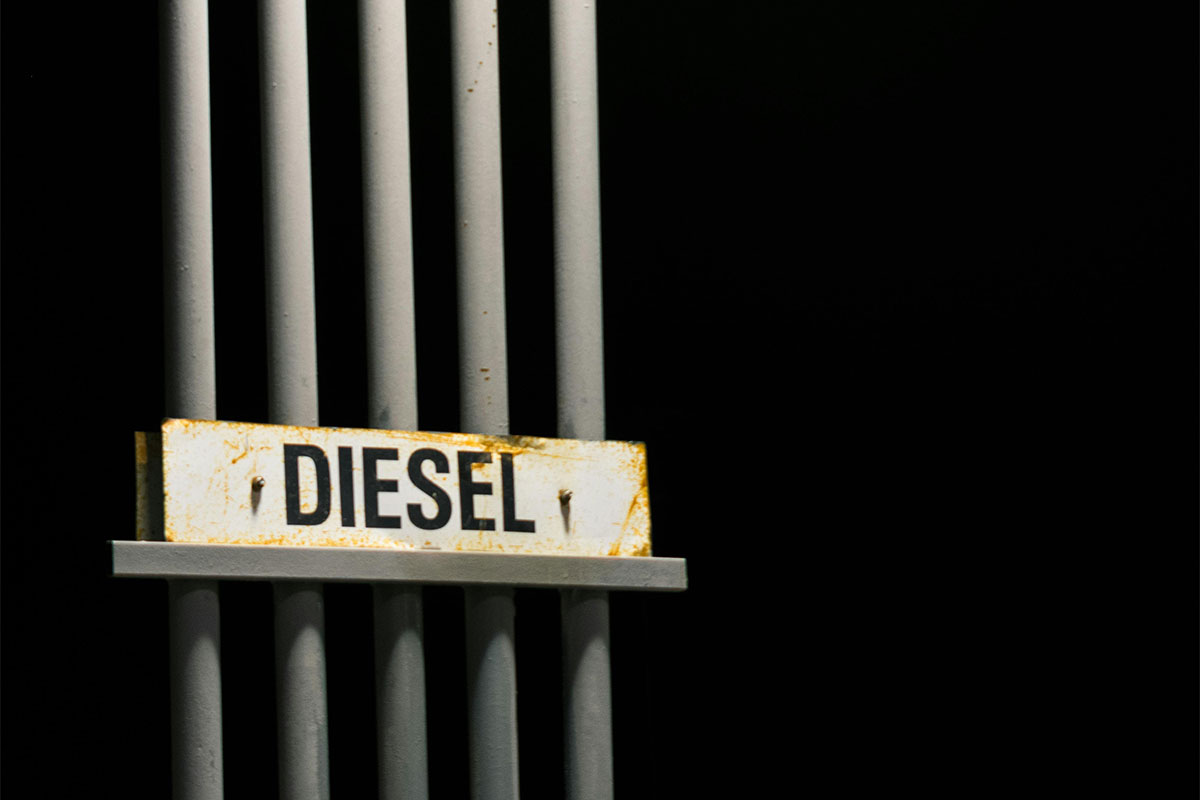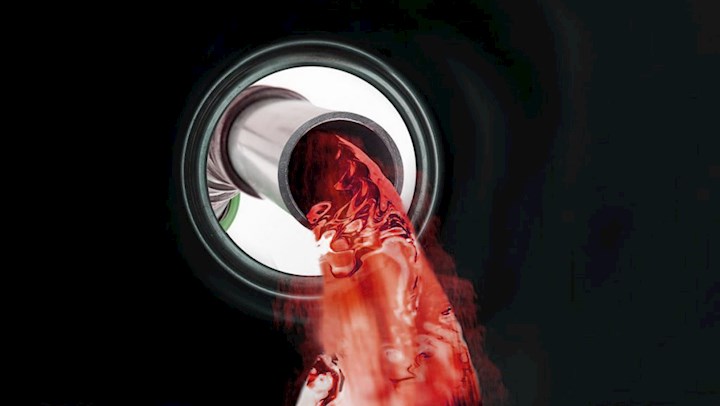Key Takeaways
- Do not start or drive the vehicle if there is gas in a diesel tank
- Gasoline strips lubrication and can cause rapid pump and injector wear
- Modern high pressure systems are far less tolerant of contamination
- A full drain, filter change and clean diesel refill is the safest fix
- Mobile wrong fuel teams can often clean the system without a tow
Table of Contents
What Happens If You Put Gas In A Diesel Engine?
When you have gas in a diesel engine the main problem is loss of lubrication. Diesel fuel acts as a lubricant for the high pressure pump and injectors. Gasoline is thinner and does not protect moving parts. Metal can rub against metal and create tiny wear particles. These particles then move through the system and block or damage injectors.
At idle, the load on the pump and injectors is lower. The engine may run roughly but can sometimes keep going for a short time. Under load the system demands more fuel and pressure. With gasoline in a diesel engine, the effects on performance are sharp. You can see misfires, hard starting, stalling and loud clatter. If you keep driving the high pressure pump may fail and send debris into every injector. At that point repairs become much more expensive than a simple tank drain.
What To Do If You Have Gas In A Diesel Engine?
Many drivers search for what to do if you put gasoline in a diesel engine after a mistake at a mixed fuel station. Nozzle colors, hose sizes and pump labels can be confusing, especially when you are in a hurry or using an unfamiliar station. Follow this action plan if you have gas in a diesel tank or think you misfueled.
- Stop filling as soon as you notice the error
- Do not start the engine and do not cycle the ignition
- Tell station staff that there is gas in your diesel tank f your vehicle
- Place a note that says Contaminated near the filler so no one starts it
- Arrange a tow or call a mobile wrong fuel drain service
A full recovery plan usually includes tank drain, line purge, and a new fuel filter. After the drain the technician should clear fault codes, check rail pressure and start the engine on clean diesel. This is the safest way to avoid long term gas in diesel engine damage and get back on the road.
If you accidentally put gas in a diesel a certified wrong fuel mobile team can often reach you at the station or roadside. They can drain the tank, replace filters and refill with fresh diesel on site. This can prevent secondary damage and may cost less than towing the vehicle to a main dealer.
Put Gas In Your Diesel Tank By Mistake?
Even a few seconds of running a diesel engine on gasoline can turn a simple drain into a pump and injector replacement. Learn the safest first steps, from stopping the engine to calling a wrong fuel rescue team, so you limit damage before it spreads through the system.
Dangers Of Putting Gas In A Diesel Engine
Putting gas in diesel on purpose is never safe, even if someone suggests using a small amount to thin fuel in winter. Modern systems use very high injection pressures. Any drop in lubrication can lead to scoring on pump parts and injector needles. These are some things you can do if you suspect misfueling:
- Reviewing the receipt to confirm what product was pumped
- Checking the pump label and hose color for gas or diesel wording
- Noting whether the nozzle fit loosely in the filler neck which often means gas
- Smelling the filler neck for the sharp gasoline scent instead of oily diesel
Some drivers think that a small top up is harmless. On older mechanical engines a low percentage sometimes passed without clear symptoms. In current common rail systems the risk is much higher. Even a modest amount of gasoline in diesel engine effects can shorten component life or trigger a sudden failure under load.
What Should You Do If You Put Gas In A Diesel Truck?
If there is gas in a diesel truck your first job is to keep the contaminated fuel out of the system. Do not switch on the ignition or use the starter. If you already drove, stop as soon as it is safe.
This is an action plan for if you put gas in diesel truck:
- Park in a safe location away from traffic and ignition sources
- Call roadside assistance or a misfuel service and explain that there is gas in a diesel truck engine
- Keep the key away from the vehicle so no one tries to start it for you
- Take photos of the pump and receipt for warranty or insurance records
- When speaking to a service advisor clearly state that you misfueled with gas
Warranty coverage often excludes damage from misfueling. Clear and honest information helps the advisor note the file correctly. If a mobile team fixes the problem on site, keep their report and any parts list. This documentation can help if problems appear later.
Worried How Much A Gas-In-Diesel Mistake Will Cost?
Repair bills vary a lot depending on whether you started the engine, idled, or drove at highway speed. Walk through common scenarios, from simple tank drains to full pump and injector replacement, so you can understand likely costs and talk clearly with your mechanic or insurer.
Does Using Regular Gas Damage A Diesel Engine?
Some drivers ask if regular gasoline is different from premium gasoline when put in a diesel engine. But octane rating does not change the core problem. Diesel engines need fuel that ignites under compression and provides necessary lubrication. Gasoline is designed for spark ignition and offers no protection for diesel engine components.
Older engines with simpler pumps sometimes survive minor fueling mistakes. However, this does not mean putting gasoline in a diesel engine is safe today. Modern high pressure common rail systems have very tight clearances. They depend on the lubricating film of diesel fuel. Running a diesel engine on gasoline rapidly increases the risk of wear, metal particles, and injector failure. Premium gasoline does not lessen this risk. Never put unleaded gasoline in a diesel engine and never drive the vehicle if this mistake happens.
How To Fix A Diesel Engine After Gas Contamination
If you are searching for how to fix if you put gas in a diesel engine, the right repair steps depend on whether the engine was started and how far you drove. If the vehicle didn’t start a full tank drain and filter change may be enough. For a driven vehicle you also need a line flush and system checks.
Basic recovery steps include the following.
- Drain the tank completely using safe pumping equipment
- Flush supply and return lines until only clean diesel appears
- Replace the main fuel filter and any pre filters
- Refill with the correct diesel grade and reprime the system
If the vehicle was driven under load a technician should also inspect the high pressure pump and injectors. They may sample engine oil for fuel dilution. In severe cases of diesel engine running on gasoline, a full injector bench test and pump inspection is needed.

How To Remove Gas From A Diesel Tank
Removing gasoline in a diesel tank must be done with care. Gasoline vapors are very flammable. Professionals use anti-spark pumps and grounded hoses so static cannot build up. The waste mix of gas with diesel goes into sealed containers. These are then sent to licensed disposal or recycling facilities. Spilling fuel on the ground or into drains is dangerous and can lead to fines. Good services document the volume removed and provide a disposal record. This protects both the environment and the vehicle owner.
Will Gas Ruin A Diesel Engine?
The danger of putting gasoline in a diesel engine depends on the amount and whether the engine ran. A small amount, drained immediately without starting, typically results in minor risk or damage. Short idling might cause some wear but is often recoverable. However, prolonged driving at speed with gas can severely damage pumps and injectors, potentially leading to engine seizure. The question of whether gas ruins a diesel engine depends entirely on the volume of gas and the engine’s runtime.
What Are The Symptoms Of Gas In A Diesel Engine?
Real world symptoms of gas in a diesel engine range from mild to severe. Some can appear within minutes of driving away from the pump. Common gas in diesel engine symptoms include:
- Hard starting or longer cranking times
- Rough idle with new rattling or clattering sounds
- Loss of torque especially when climbing or towing
- Hesitation, surging or sudden stalls under load
- Stronger gasoline smell from the exhaust or filler area
Modern vehicles may also show dashboard warnings. These can include rail pressure faults, misfire counts and emissions system alerts. If you see these signals soon after filling up, stop and consider whether gas in a diesel engine could be the cause. Continuing to drive can turn a repairable situation into major engine work.
Need Help Flushing Gas Out Of A Diesel Engine Safely?
Draining a contaminated diesel tank is not a DIY job when gasoline vapors and high pressure systems are involved. Learn how professional misfuel services drain tanks, flush lines, replace filters and dispose of waste fuel correctly so you can choose the right help and avoid repeat problems.
How Much Does It Cost To Flush Gas Out Of A Diesel Engine?
The cost to fix gasoline in a diesel engine depends on the repair path. Mobile drain services often charge a flat rate for on site work. Workshops usually bill by labor hours plus parts. Main factors include tank size, access to fuel lines and whether the vehicle was driven. Below is a simple comparison of scenarios, the work included and the expected cost:
| Scenario | Typical work included | Relative cost level |
|---|---|---|
| No start after misfuel | Drain tank, new filter, refill with diesel | Low |
| Short idle or low speed drive | Drain, flush lines, new filters, system checks | Medium |
| Highway drive with loss of power | Full drain, flush, injector and pump inspection | High |
| Confirmed injector or pump damage | All of the above plus parts replacement | Very high |
If the vehicle never ran, you may only pay for a drain of filter and fuel. Once you drive with gasoline in a diesel truck extra diagnostics and parts can raise the bill. Booking a flat rate misfuel rescue early can cap costs and get you moving again faster.
How Much Gasoline Does It Take To Contaminate Diesel?
Mixing gasoline into a diesel engine is always harmful, even in small amounts, as it reduces lubricity, potentially damaging modern injection systems. While older engines sometimes tolerated minor contamination, this is rare nowadays. The safest action for any known contamination is a professional drain, which is more cost-effective than trying to determine the exact ratio and guessing the engine’s tolerance.
Will One Gallon Of Gas Hurt A Diesel?
Putting gasoline in a diesel engine, even a small amount, is a serious concern. The impact depends on the fuel tank size, engine design, and whether the engine was run. A gallon of gas is a low contamination percentage in a large, full tank, but a high percentage in a small tank. If the engine was started, a full fuel drain and system flush is strongly recommended, even for minimal misfueling. Cleaning the system is much cheaper than repairing a damaged fuel pump or injectors. When unsure, assume contamination. A fuel sample analysis shouldn’t replace proper corrective action.

